Increased Focus on Patient Safety
Patient safety remains a paramount concern in South Korea's healthcare sector, significantly impacting the medical device-cleaning market. The rising awareness of the importance of cleanliness in preventing infections is prompting healthcare providers to adopt more rigorous cleaning practices. This focus on patient safety is reflected in the increasing budgets allocated for cleaning and disinfection services, which are expected to rise by approximately 15% in the coming years. As hospitals and clinics strive to enhance their reputations and ensure patient trust, the demand for effective cleaning solutions is likely to escalate. Consequently, manufacturers are responding by developing innovative cleaning products that meet the evolving needs of healthcare providers, thereby fostering growth in the medical device-cleaning market.
Rising Demand for Infection Control
The medical device-cleaning market in South Korea is experiencing a notable increase in demand driven by the heightened focus on infection control within healthcare settings. Hospitals and clinics are prioritizing stringent cleaning protocols to mitigate the risk of healthcare-associated infections (HAIs). This trend is reflected in the market, which is projected to grow at a CAGR of approximately 8% over the next five years. The emphasis on maintaining sterile environments is compelling healthcare facilities to invest in advanced cleaning solutions and services, thereby propelling the medical device-cleaning market forward. Furthermore, regulatory bodies are reinforcing guidelines that necessitate effective cleaning practices, further driving the need for reliable cleaning solutions. As a result, manufacturers are innovating to meet these demands, contributing to the overall growth of the medical device-cleaning market.
Expansion of Healthcare Infrastructure
The expansion of healthcare infrastructure in South Korea is a critical driver of the medical device-cleaning market. With the government investing heavily in new hospitals and healthcare facilities, the demand for cleaning services and products is expected to rise correspondingly. This expansion is anticipated to increase the market size by approximately 20% over the next five years. New facilities require comprehensive cleaning solutions to ensure compliance with health regulations and to maintain high standards of hygiene. As a result, cleaning service providers are likely to see a surge in demand for their offerings, which will further stimulate growth in the medical device-cleaning market. The establishment of new healthcare facilities also presents opportunities for innovative cleaning technologies to be implemented from the outset.
Growing Awareness of Environmental Impact
There is a growing awareness of the environmental impact of cleaning products and practices within the medical device-cleaning market. Healthcare facilities in South Korea are increasingly seeking eco-friendly cleaning solutions that minimize harm to the environment while maintaining high standards of cleanliness. This shift is likely to drive the demand for sustainable cleaning products, which could account for a significant portion of the market by 2027. As healthcare providers aim to align with global sustainability goals, they are investing in cleaning solutions that are both effective and environmentally responsible. This trend not only enhances the reputation of healthcare facilities but also contributes to the overall growth of the medical device-cleaning market, as manufacturers innovate to meet these new demands.
Technological Integration in Cleaning Processes
The integration of advanced technologies into cleaning processes is significantly influencing the medical device-cleaning market. Automation and robotics are increasingly being adopted to enhance efficiency and consistency in cleaning operations. For instance, automated cleaning systems can reduce human error and ensure thorough disinfection of medical devices. This technological shift is expected to account for a substantial share of the market, with projections indicating that automated solutions could represent over 30% of the total market by 2030. Additionally, the incorporation of IoT devices allows for real-time monitoring of cleaning processes, ensuring compliance with established standards. As healthcare facilities in South Korea seek to optimize their cleaning protocols, the demand for technologically advanced cleaning solutions is likely to surge, thereby driving growth in the medical device-cleaning market.


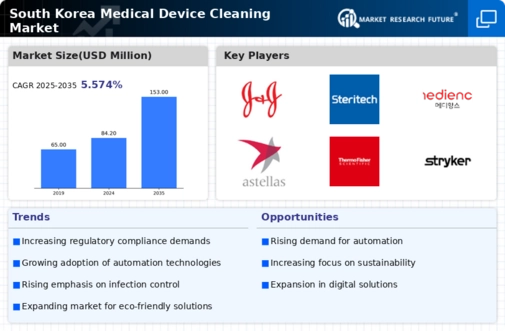
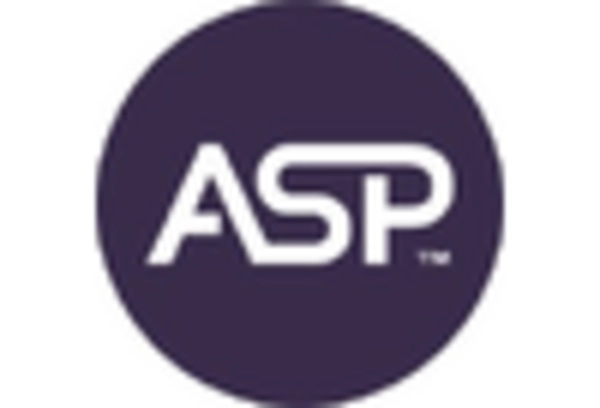
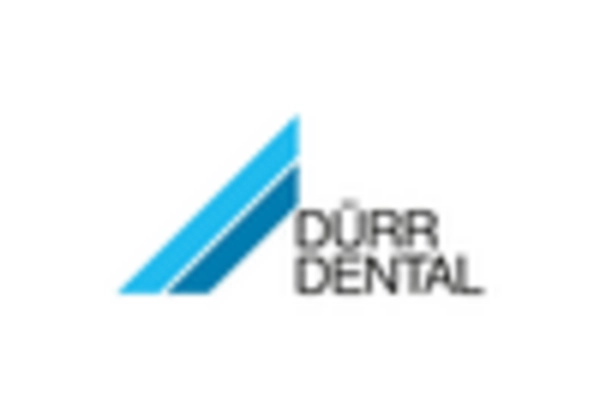
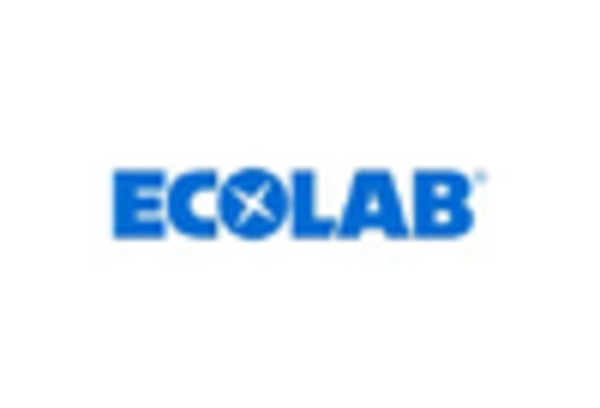
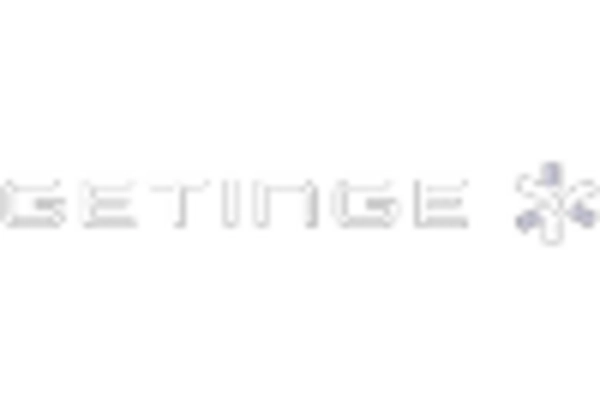
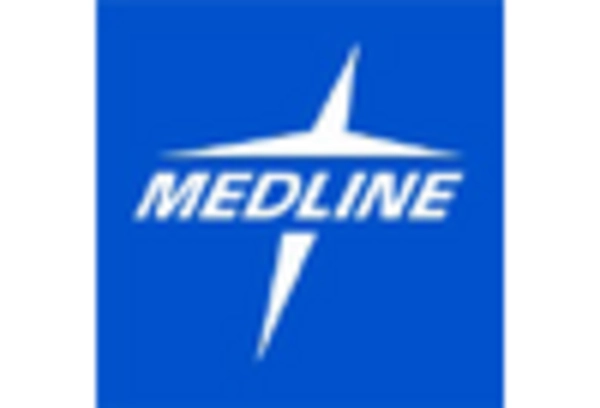
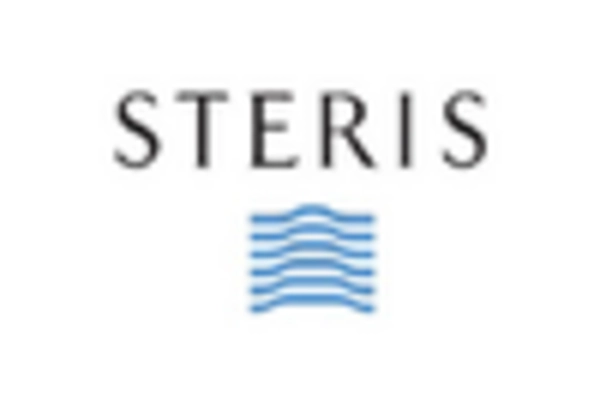








Leave a Comment